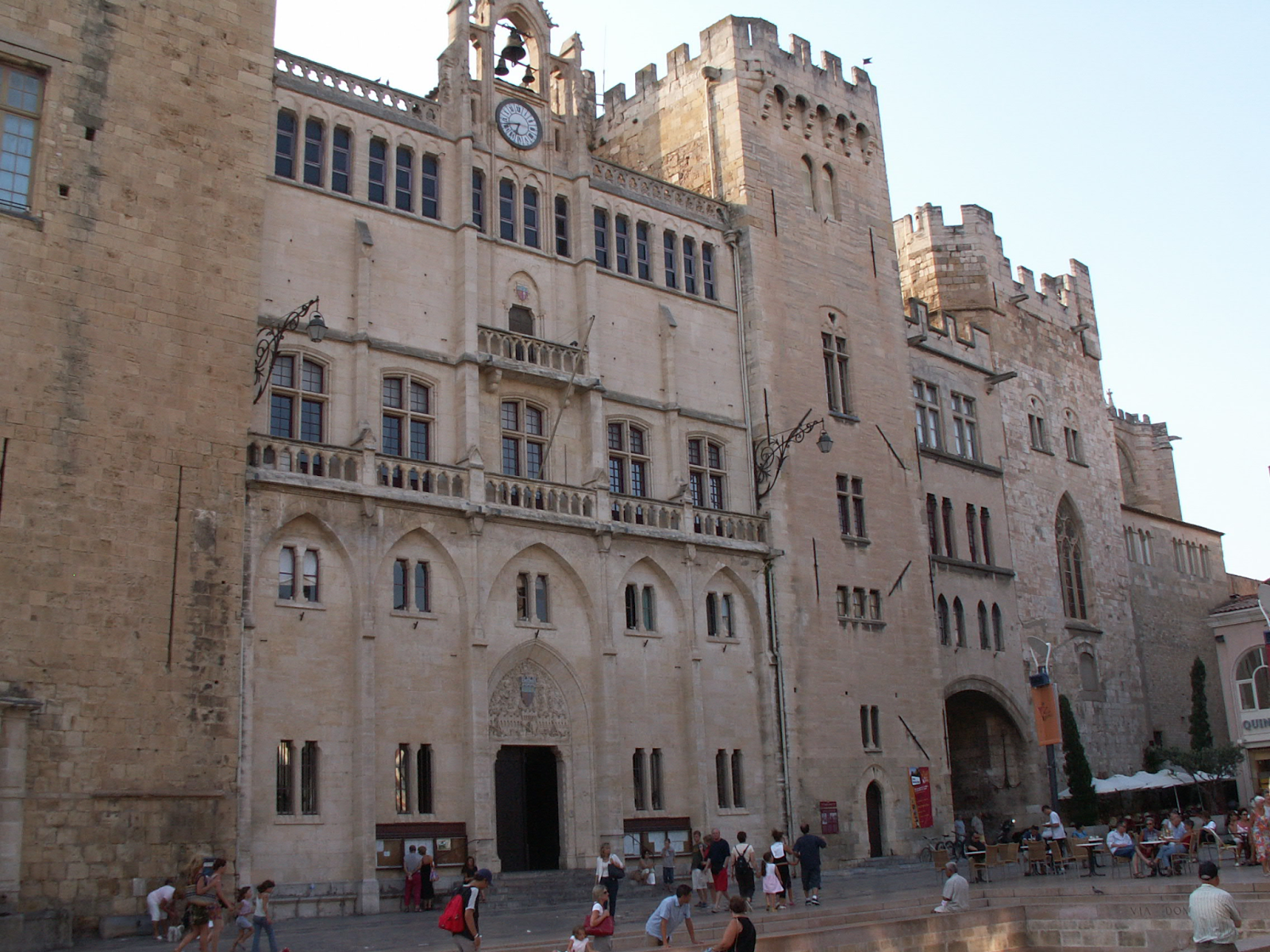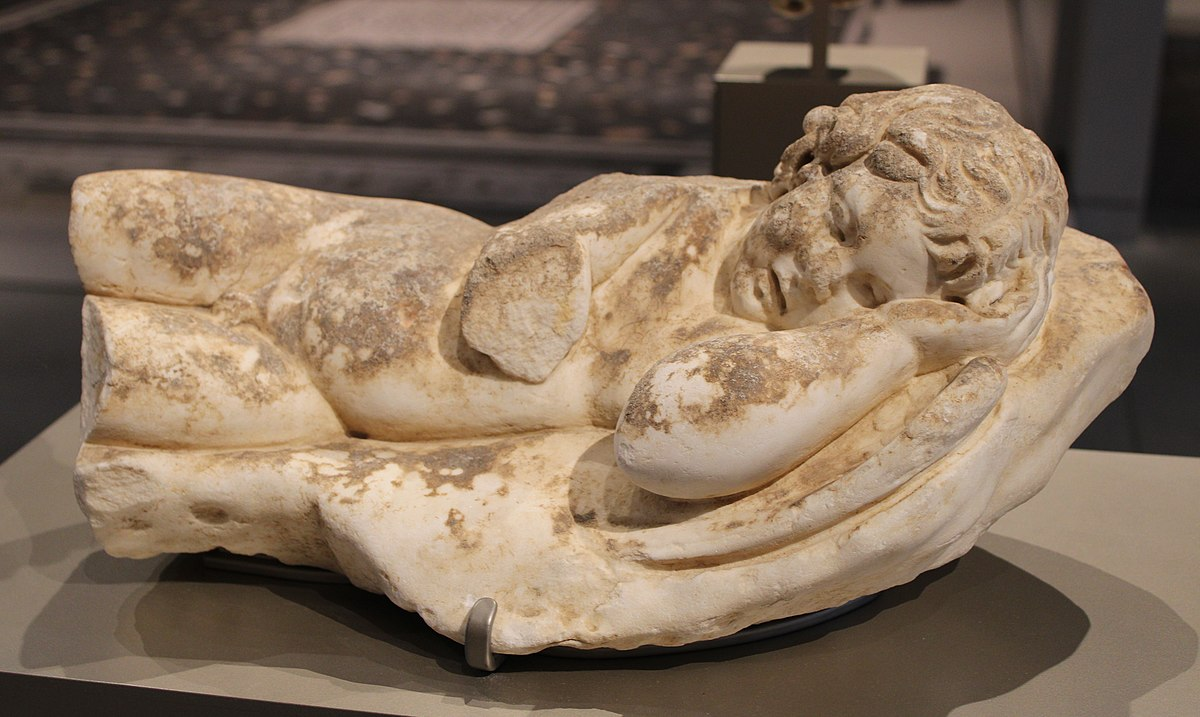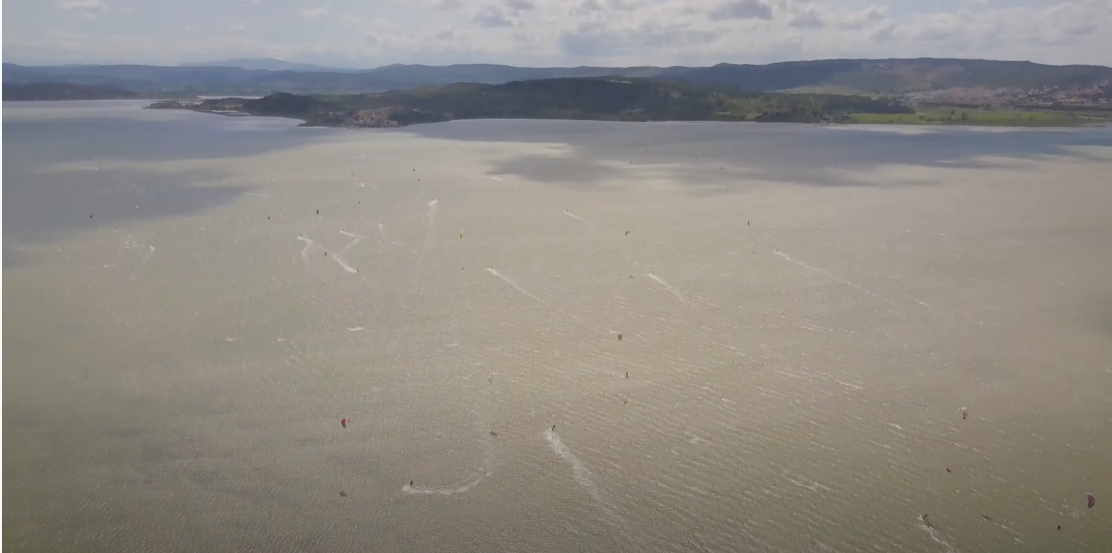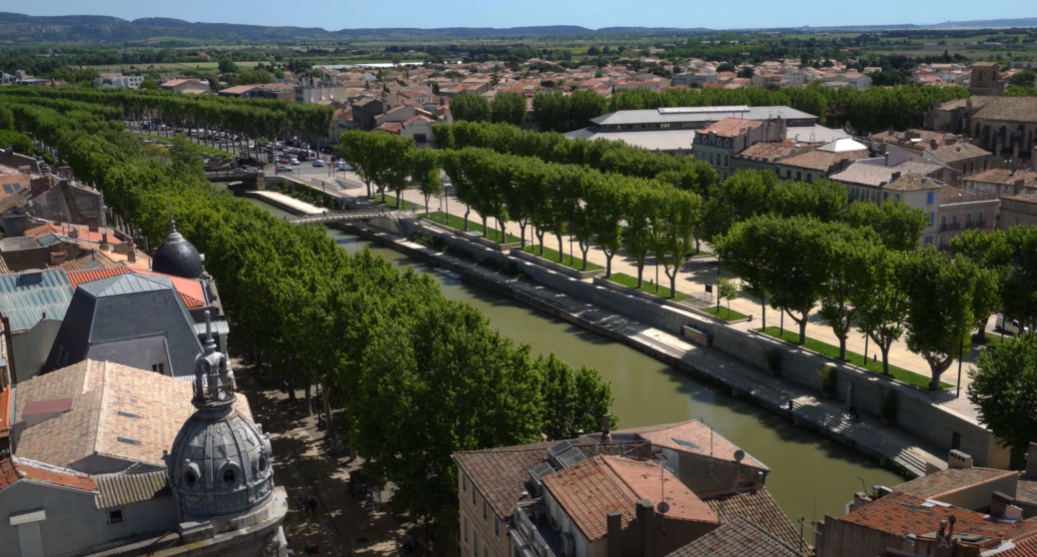Narbonne, South of France, a city to be explored
Book your next dream vacation to Narbonne, South of France. Last minute Narbonne, South of France vacations, hotels, flights and cruise holidays.
Narbonne, South of France, a city to be explored.
The city of Aude is the first settlement established by the Romans in Gaule, and it is remarkable for the wealth of its historical relics and the genuine ease with which its residents go about their daily lives.
Far away, the gothic spires of the city's cathedral make the site of the former Roman capital instantly recognizable.
The closer you look, the more you'll notice the mishmash of architectural styles and eras, from the antique stones that make up the walls of the classy buildings to the brightly painted facades of the homes that make you think of Tuscany.
The recent opening of the Museum Narbo Via illuminates the Roman past of this Mediterranean city.
The Halls for Gouaille and Ripaille

IMG SRC:https://bit.ly/3BXJ4n2
There is no way to avoid the marketplaces in Narbonne. The Narbonnais (people from Narbonne city) spend their Fridays gathered beneath the Balinese-style pavilion. When guests arrive, they are taken to the hallways.
Stéphane Romain, a dedicated gourmet and the association of stall owners' promotion officer, describes the market as "a place where one comes equally to show oneself as to purchase one's olive oil and taste the huîtres of the étang." (local oysters)
The marketplace was first opened in 1901 and is typical example of industrial architecture; the building has a rectangular shape and are topped with a lantern.
The location of the medieval fortifications and the grapevines that support the local economy are memorialized by the miniature castle fort sculpted atop the fronton of the main entrance.
At the Comptoir des halles, you can buy fresh fish, and at Chez Bebelle, you can let the “gouaille” of the Belzon family charm you.
Here's where local butchers get their meat delivered after being ordered by megaphone from Gilles Belzons, aka Bebelle, or his son, Paul. An alluring feature that doesn't skimp on taste in the serving.
The Head in the Arch

IMG SRC :https://bit.ly/3qWaDqy
The Hôtel-de-Ville square is the best starting point for exploring the city's many historical eras. Within its central area lies a section of the Via Domitia that was unearthed in 1997. To connect Italy and Spain militarily in the second century after Christ, this route was used. Black cobblestones are a relic of the Roman era, a reminder that the city was planned to resemble a miniature Rome.
"Under Auguste, Narbonne had 35,000 people," says Mireille Franc, an expert on the city's architecture and history. The juxtaposition of the museum-filled Palais des Archevêques and the Dames de France building is equally illuminating.
On one side is the neoclassical façade of the Palais Neuf, with Saint-Just and Saint-Pasteur Cathedral in the background; on the other is the grand department store in the Haussmannien style. You'll soon reach the Pont des Marchands, one of the few inhabited bridges in France.
To take in its colorful facades, visitors flock to the riverfront promenade that was once the city's port. Here is where the locals go to "make the barques," or to socialize over drinks and mischief.
A Dive into Ancient Roman Times

IMG SRC: https://bit.ly/3BvzTIZ
The Narbo Via museum, designed by Sir Norman Foster & Partners, has revitalized the ancient Roman city of Narbo Martius. An adventurous museum just a short distance from the historic district. In the beginning of the tour, visitors will see the unbelievable "wall of lapidary," which is made up of 760 tombstones arranged in a 76-meter long and 10-meter high arc.
An open reserve is represented by the blocks displayed in this massive storage rack; the history of each block is reconstructed by a digital device. Just like going to the museums that detail the history of the city that was founded in 118 A.D. and rose to become the commercial and political center of the Narbonnaise Gaule.
As you progress through the route, you'll learn more and more about the history of the city. Narbo Martius: The Rebirth of a Capital is an interactive exhibition that reconstructs the ancient city in 3D.
The Nautiquards’ Home for Kiteboarding and Long Walks

IMG SRC:https://bit.ly/3xG3rT3
After checking out the museum, we continue our journey to Port-la-Nautique, a new neighborhood built on the site of an ancient Roman port. Merchandise was once transported there from the sea to the docking area. In those days, the pond looked more like a huge, Mediterranean-facing golf course.
This area of Narbonne, which is easily accessible by bicycle, is now a popular destination for those interested in kitesurfing and kiteboarding. This is the Nautiquard neighborhood, so named for the people who originally settled in the area's single street.
Unlikely location. The fishing village of Bages and the Canigou Mountains can be seen in the distance from the terrace of the bistro La Nautique, the former pool house of the boat owners. It's a popular spot for the Narbonnais to meet up and enjoy a leisurely stroll through the wild rose landscapes.
The tour concludes with a stop at the Ortola family's castle, Notre Dame du Quatourze. Their wines, like their family's story, are an invitation to adventure and fantasy.
Bike Path Along the la Robine Canal

IMG SRC: https://bit.ly/3QUrd4I
Biking along the canal of the Robine all the way to the port of Somail is an especially unique excursion that can be started from the historic district of Narbonne.
It's a thirty-kilometer out-and-back route that can be taken on an electric bike. To reach the Mediterranean, the Romans built a canal, whose name derives from the Occitan word roubine (meaning "canal").
This canal uses a section of the ancient bed of the River Aude. In the north, it connects Narbonne to the Canal du Midi, and in the south, it connects to the island of Sainte-Lucie. Leaving the city proper, one first passes by some wheat and cotton fields along the Robine before reaching the junction canal and the Somail harbor.
A hamlet where residents can enjoy a meal at the waterfront restaurant Comptoir Nature before stopping by the family-run bookstore Trouve-tout du livre, which has been in operation in the town since 1980.
Close to 80,000 works in the area, plus another 20,000 in storage. Consider loading up your bike with a big basket, because you'll need it on the way back.
Reservations Call JustTravelDeals @ 905-799-3000 or info@justtraveldeals.ca
You will visit the following 2 places:

Narbonne











